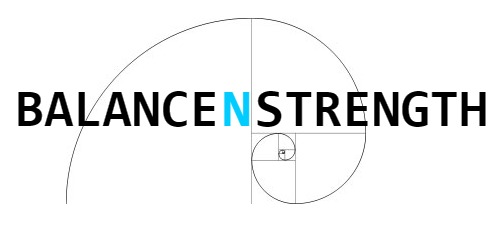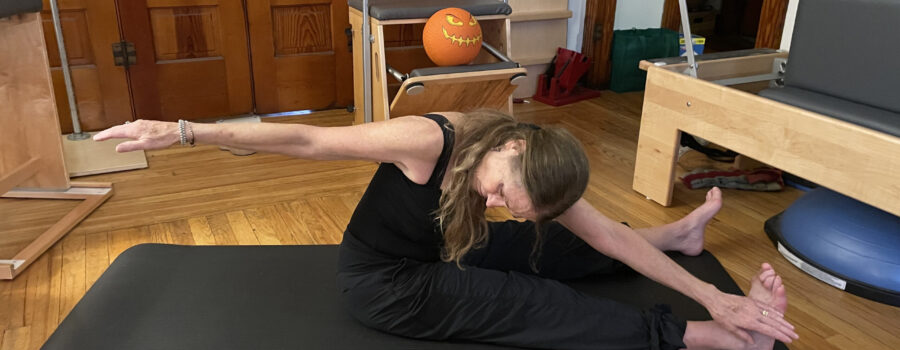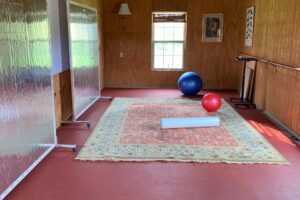Keeping up the balance of your mind and body. Three ways of coping with stress.
1. Deep Breathing
Many of us do not breathe deeply. Natural breathing involves your diaphragm, a large muscle in your diaphragm. When you breathe in, your belly should expand. When you breathe out, your belly should fall. Over time, people forget to breathe this way and instead use their chest and shoulders. This causes short and shallow breaths, which can increase stress and anxiety.
4 steps to prepare for deep breathing question: 1. comfortable position lying or seated. Feel a dropping through the shoulders. 2. Close your eyes. This will help your focus on the mechanics of breathing rather than outside stimuli. 3. Place one hand on your stomach and the other on your chest. 4. Take a few breaths as you normally would. Does your belly rise and fall with every breath in (inhalation) and every breath out ( exhalation)? If you can answer “yes,” that’s good. This is your natural way of breathing.
2. Progressive Muscle Relaxation (PMR)
PMR definition: is an anxiety-reduction technique introduced by American physician Edmund Jacobson in 1930.
PMR focuses on alternating between tensing and relaxing different muscle groups throughout the body. This relaxation method is similar to a pendulum. Complete relaxation of your muscles can be obtained by first going to the other extreme ( that is, by tensing your muscles).
In addition, by tensing your muscles (a common symptom of anxiety) and immediately relaxing them, the symptom of muscle tension may become a signal to relax over time.
3. Self-Compassion or Self-Soothing
When you are experiencing anxiety, it is important to have ways of coping with those feelings. For example, seeking out social support can be an excellent way of improving your mood. However, the anxiety associated with symptoms of PTSD can sometimes occur unexpectedly, and social support may not be readily available.
Therefore, it is important to learn coping strategies that you can do on your own. These coping strategies focus on improving your mood and reducing anxiety and are sometimes described as self-soothing, self-care, self-love, and self-compassion coping strategies.
4. Mind-Body Connection Through Exercise
Mind-Body exercises include Pilates, Yoga, and Martial Arts. All these methods use controlled, more focused approach to a systematic and rhythmic movement.
These types of exercises use more of a systematic and rhythmic approach to movement. These approaches bring to mind (mental) and (body) physical together to help the nervous system (if anxiety is present, to calm) and mental thinking (if confusion is present, to more stability) together to achieve a sense of being grounded.
For more information go to balancenstrength.com




